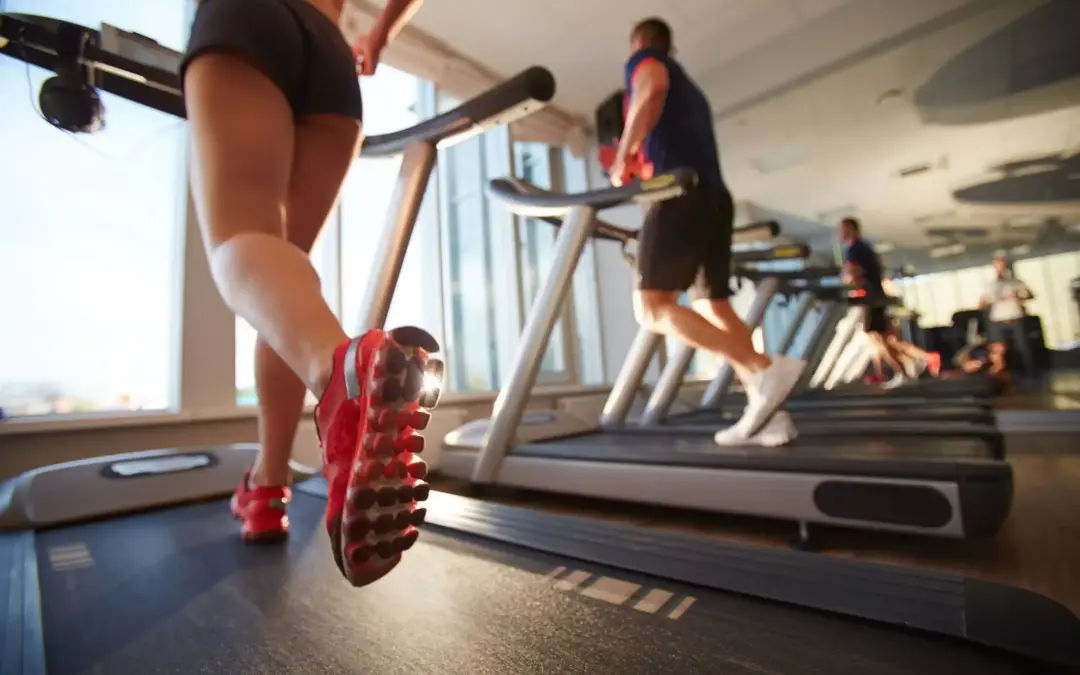
The swing phase occurs when the limb is off the ground and moving to prepare for the next step. This phase emphasizes non-loadbearing mechanics, requiring coordination, flexibility, and muscle strength to execute efficiently.
Key Components of Swing Phase:
- Momentum: The forward swing of the limb relies on momentum created during the toe-off phase.
- Hip Flexors: These muscles lift the leg to ensure clearance from the ground.
- Core Stability: A strong core prevents excessive torso rotation during the swing.
Common Issues:
- Limited Hip Flexion: Tight hip flexors or weak abdominal muscles can limit the leg’s range of motion.
- Knee Instability: Weakness in the quadriceps can cause poor control during the swing.
Real-Life Example: In running, the swing phase determines your stride length and efficiency. Restricted hip mobility or poor core control can reduce speed and increase energy expenditure.
Practical Applications:
- Stretch the hip flexors and hamstrings to improve swing mechanics.
- Use resisted bands during leg lifts to strengthen hip flexors and core stabilizers.
Test Your Comprehension:
- What is the role of the core during the swing phase?
- How does limited hip flexion affect stride efficiency?
- Why is the swing phase crucial for running?
Scientific References:
- Perry, J., & Burnfield, J. M. (2010). “Gait Analysis: Normal and Pathological Function.”



